
You are doing it all wrong. Here’s the right way to clean hardwood floors
Hardwood floors are a timeless and elegant feature in any home, bringing warmth, charm, and natural character to a space. Yet, their beauty and durability depend greatly on proper care. Simply sweeping or mopping occasionally isn’t enough—and using the wrong cleaning methods can do more harm than good. Many homeowners unintentionally dull or damage their floors through everyday cleaning habits, leading to scratches, discoloration, or even warping over time.
In this article, we’ll uncover the most common mistakes people make when cleaning hardwood floors and share expert-approved strategies to protect and preserve their natural beauty. By following these proven techniques, you can keep your hardwood floors looking stunning for decades.
1. The Most Common Cleaning Mistakes
One of the biggest missteps homeowners make is using too much water during cleaning. Water can seep between the planks, causing the wood to swell, warp, or develop unsightly stains. Instead of a soaking wet mop, always opt for a lightly damp one to control moisture exposure.
Another frequent error is choosing harsh or inappropriate cleaning products. Detergents not formulated for hardwood can strip away the protective finish, leaving the surface vulnerable to damage and dullness. Always check that your cleaning solution specifically states “safe for hardwood floors.”
Additionally, using abrasive tools such as stiff brushes or rough sponges can scratch the finish. Stick to soft microfiber materials designed for delicate surfaces.
2. Why Damp Mopping Works Best
Damp mopping strikes the perfect balance between cleanliness and protection. A slightly damp mop removes dust and grime effectively without oversaturating the floor.
To do this correctly, wring your mop thoroughly until it feels barely moist. This ensures you’re lifting dirt rather than spreading water. A high-quality microfiber mop is ideal, as it traps particles and minimizes friction that could harm the finish.
For an extra layer of care, mop along the grain of the wood—this helps maintain the natural pattern and reduces streaks.
3. Using Vinegar the Right Way
Vinegar is a popular, eco-friendly cleaner—but using it undiluted can damage hardwood finishes. For a safe and effective cleaning solution, mix one part vinegar with ten parts water. This gentle dilution cleans grime and disinfects without compromising the protective coating.
For best results, apply the mixture with a spray bottle, lightly misting the surface before wiping with a microfiber mop. Avoid over-spraying; less is more when it comes to moisture on hardwood.
You can also enhance the scent and cleaning power by adding a few drops of essential oil, such as lemon or lavender.
4. Choosing the Right Vacuum Attachment
Vacuuming is an excellent way to keep floors dust-free, but using the wrong attachment can cause lasting damage. Avoid beater bars or rotating brushes, as they can leave fine scratches on the surface. Instead, use a soft-bristle floor brush attachment made specifically for hardwood.
Before vacuuming, check that your vacuum wheels are clean and free of debris that could scrape the floor. If possible, choose a vacuum with adjustable suction and height settings to ensure gentle contact with the surface.
5. Seasonal Polishing for a Lasting Shine
Polishing restores shine and enhances the protective layer of your hardwood floors—but moderation is key. Over-polishing can lead to buildup that dulls the finish. A seasonal approach—about every three to four months—is usually ideal.
In high-traffic zones such as hallways or kitchens, you may need to polish more frequently. Always use a high-quality polish specifically designed for hardwood floors and follow the manufacturer’s directions. Consider buffing the surface with a clean, dry microfiber pad afterward to enhance the luster.
6. The Risks of Steam Cleaning
Although steam cleaning might seem efficient, it can be highly damaging to hardwood floors. The intense heat and moisture can penetrate the wood, leading to swelling, cupping, or peeling of the finish.
If you prefer steam cleaning, ensure your device is explicitly designed for hardwood floors, use the lowest setting possible, and move it quickly across the surface. Always finish by drying the area immediately with a soft cloth or mop.
7. Why pH-Balanced Cleaners Matter
The natural pH of hardwood finishes is delicate. Cleaners that are too acidic or too alkaline can erode the coating, leaving your floor vulnerable to moisture and wear. pH-balanced cleaners are formulated to clean effectively without disrupting this balance.
When choosing a cleaner, look for products labeled “pH-neutral” or “safe for sealed hardwood.” They remove grime gently while protecting both the wood and its finish.
8. The Importance of Cleaning Spills Immediately
Spills are one of hardwood’s biggest enemies. Liquids left on the surface—even for a short period—can seep into seams and cause permanent staining or warping.
Always blot, don’t wipe, using a soft absorbent cloth to soak up spills immediately. Follow up with a slightly damp cloth if necessary, then dry thoroughly. Quick action can save you from costly repairs and maintain your floor’s flawless appearance.
9. The Power of Microfiber Cloths
Microfiber cloths are indispensable for hardwood care. Their fine fibers attract dust, pet hair, and allergens while being gentle on the finish. They’re highly absorbent, making them perfect for both dry dusting and damp cleaning.
Wash microfiber cloths separately and avoid fabric softeners or bleach, as these can reduce absorbency and effectiveness. With proper care, high-quality microfiber cloths can last for years.
10. Protecting Against Furniture Scratches
Heavy or frequently moved furniture can easily scratch hardwood floors. To prevent this, apply felt pads under the legs of chairs, tables, and sofas.
For heavier items, use furniture coasters or rugs to distribute weight more evenly. Periodically inspect and replace pads or rug underlays to maintain their effectiveness. It’s also a good idea to lift furniture when moving it rather than dragging it.
11. Building a Consistent Maintenance Routine
Consistency is the secret to beautiful hardwood floors. Sweep or vacuum regularly to prevent dirt and grit from acting like sandpaper underfoot. Set a schedule for deep cleaning and polishing every few months, and check for signs of wear so you can address small issues before they become major problems.
You might also consider using area rugs in high-traffic spaces and maintaining proper indoor humidity (between 35%–55%) to prevent the wood from expanding or contracting.
By establishing a thoughtful maintenance routine, you’ll protect your investment and enjoy the timeless elegance of hardwood floors for generations.
✅ In short: Clean smarter, not harder. With the right tools, gentle products, and consistent care, your hardwood floors can stay as stunning as the day they were installed.
News in the same category


A plant with a distinctive aroma: Both a spice and a 'miracle' for health

Bare pork through boiling water, thought clean but soaked in more dirt: This is the most correct thing

A week after applying this method, cockroaches, ants, and mosquitoes no longer appeared in my house.

🚽 How to Unclog a Toilet Without Using a Plunger – 5 Smart, No-Mess Hacks That Actually Work
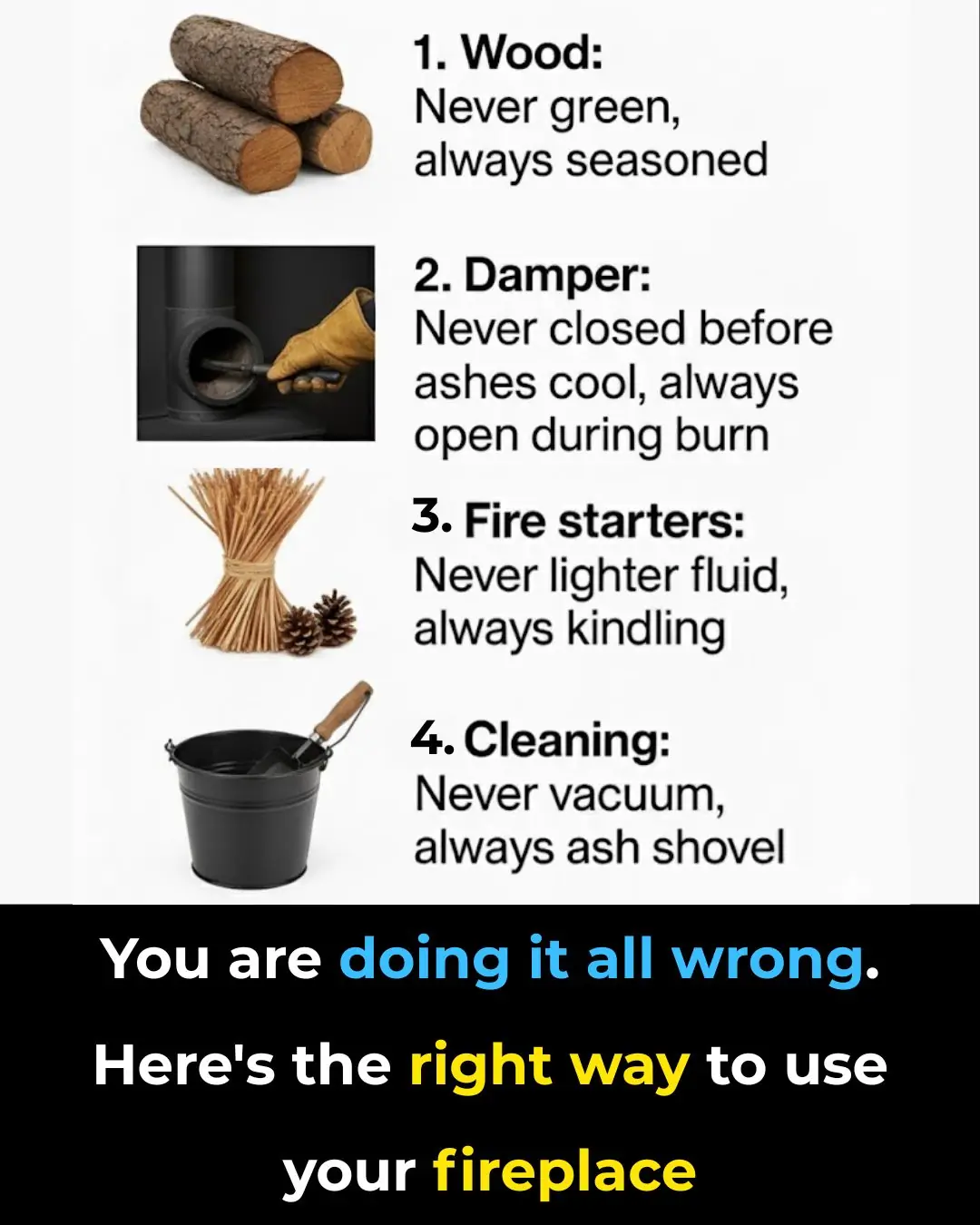
You are doing it all wrong. Here’s the right way to use your fireplace
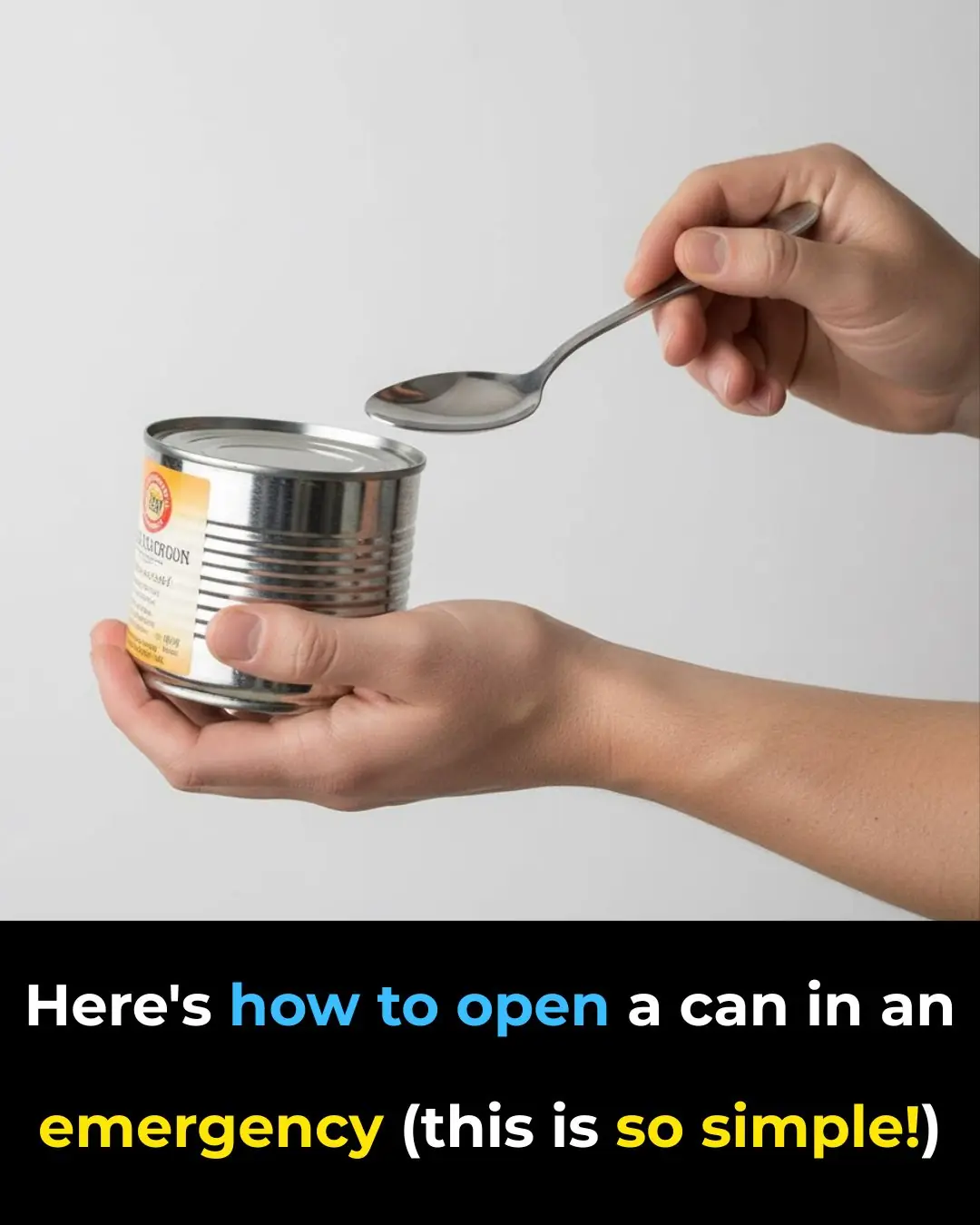
Here's how to open a can in an emergency (this is so simple!)
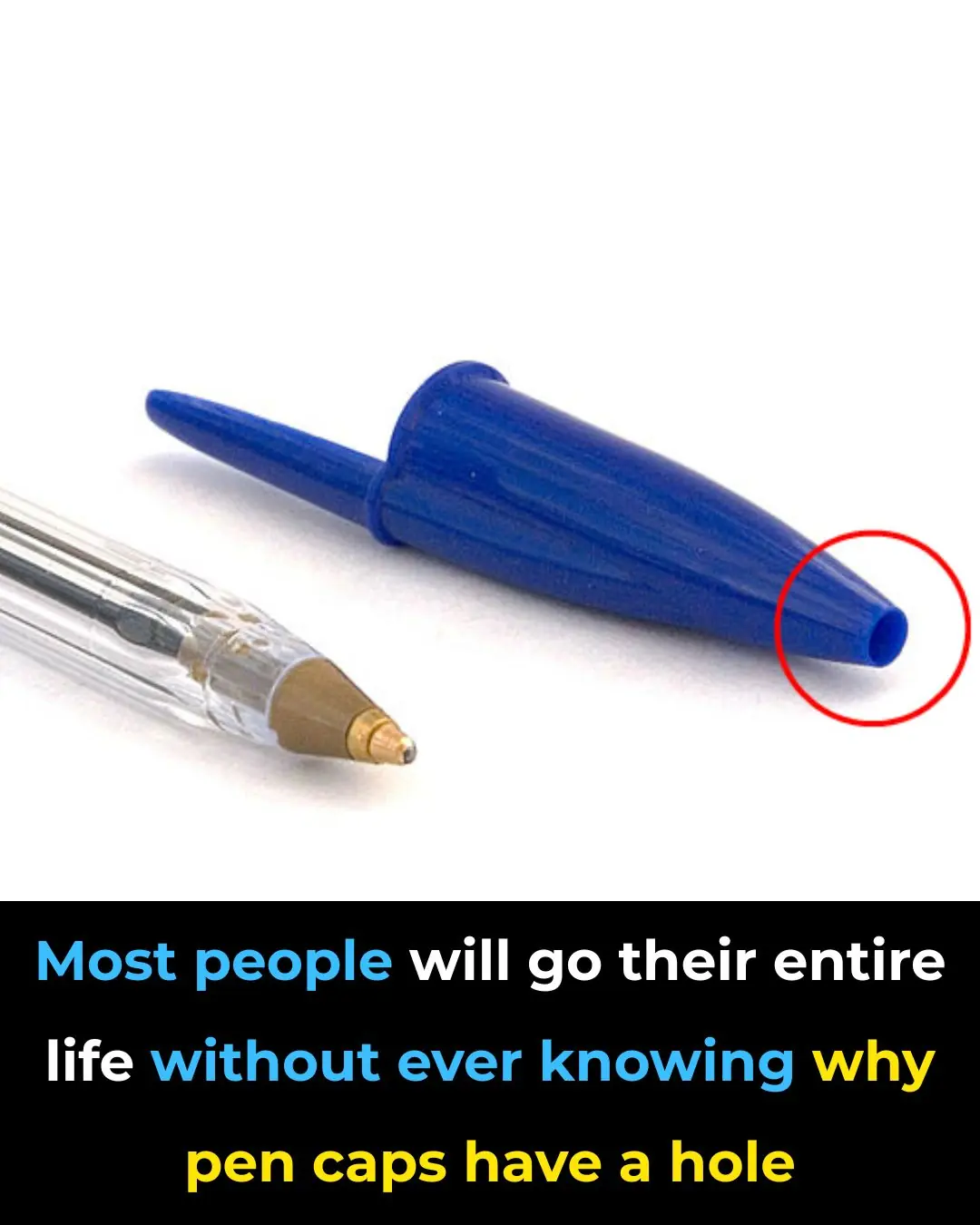
Most people will never know
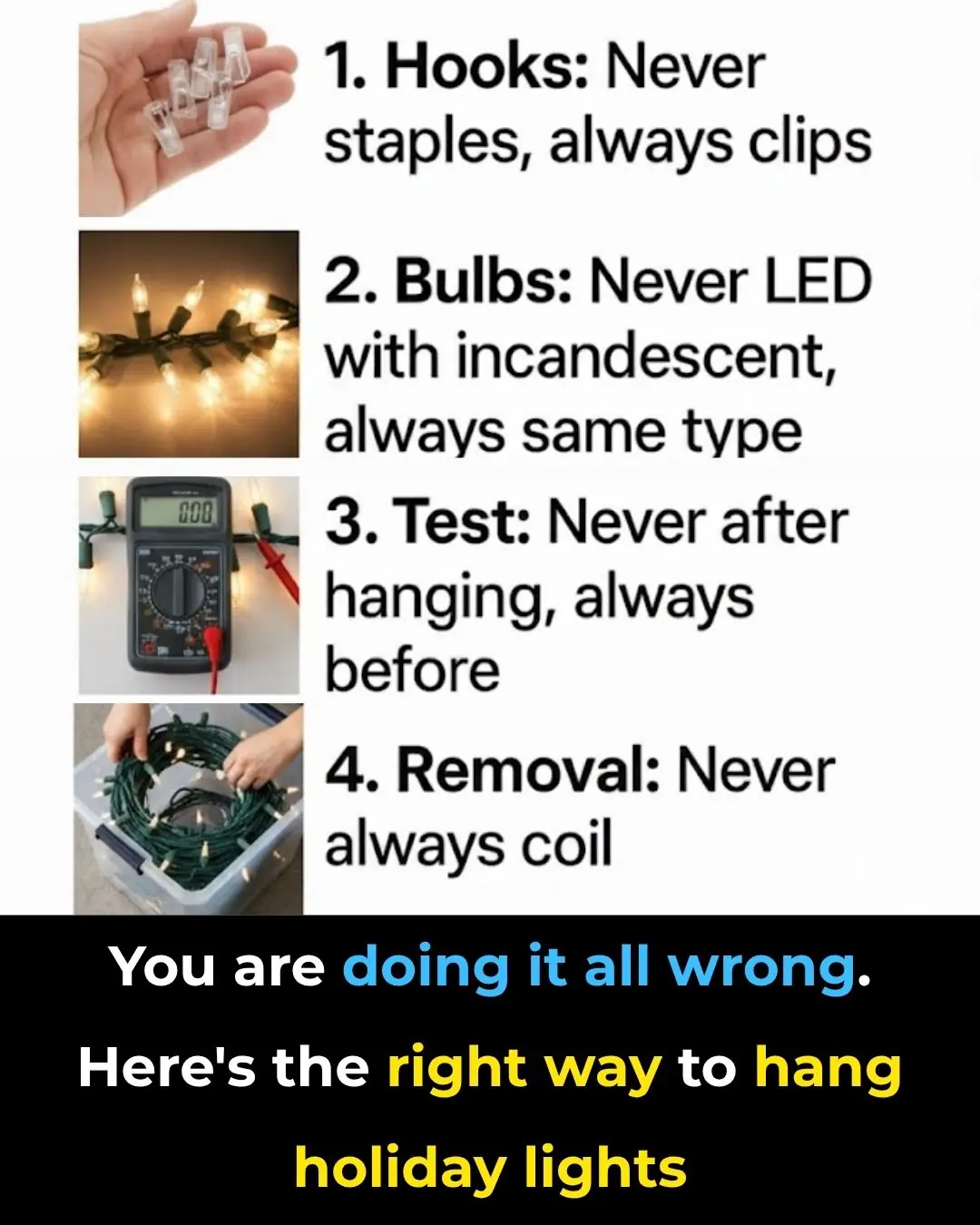
You are doing it all wrong. Here’s the right way to hang holiday lights

Most people have no clue
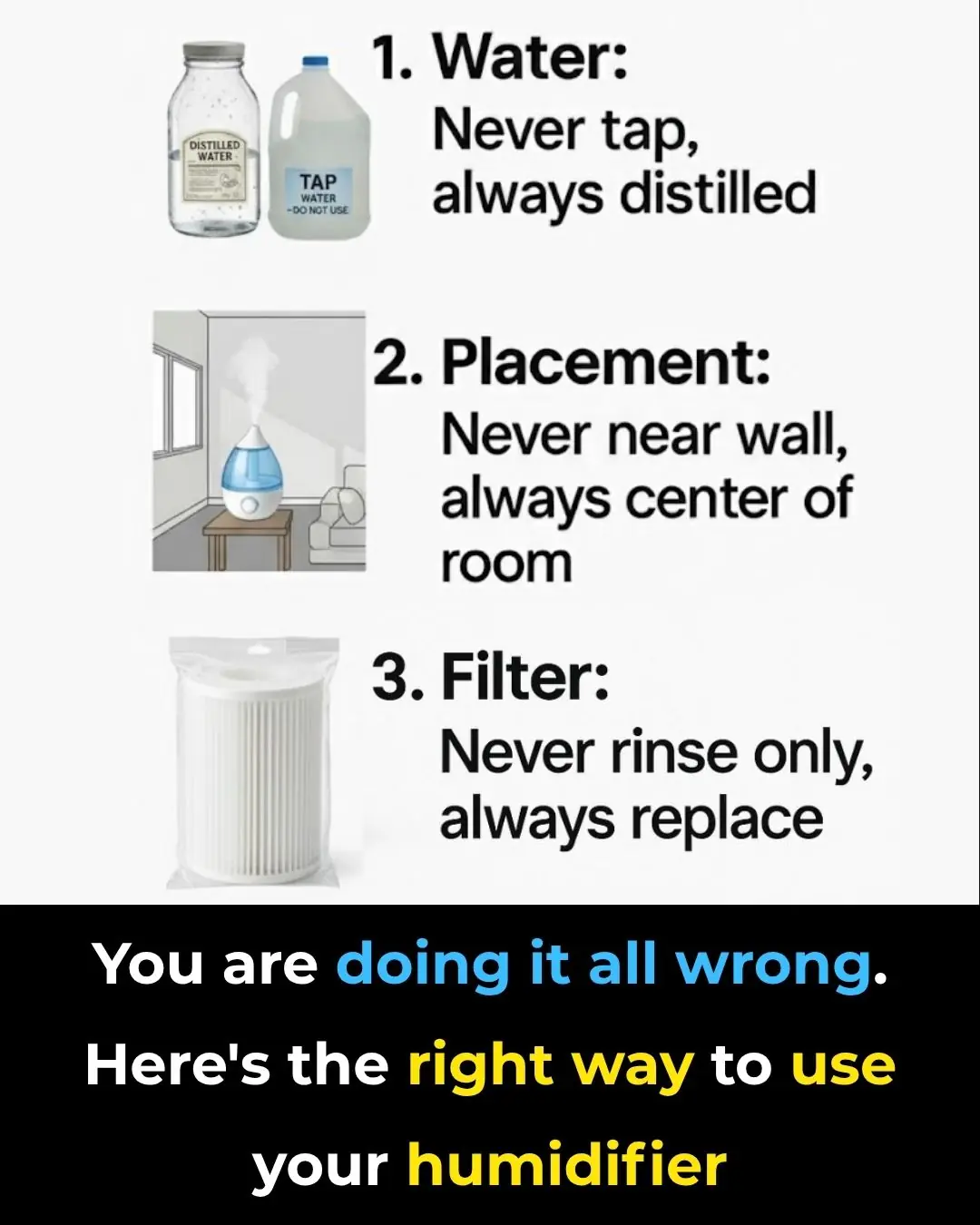
You are doing it all wrong. Here’s the right way to use your humidifier
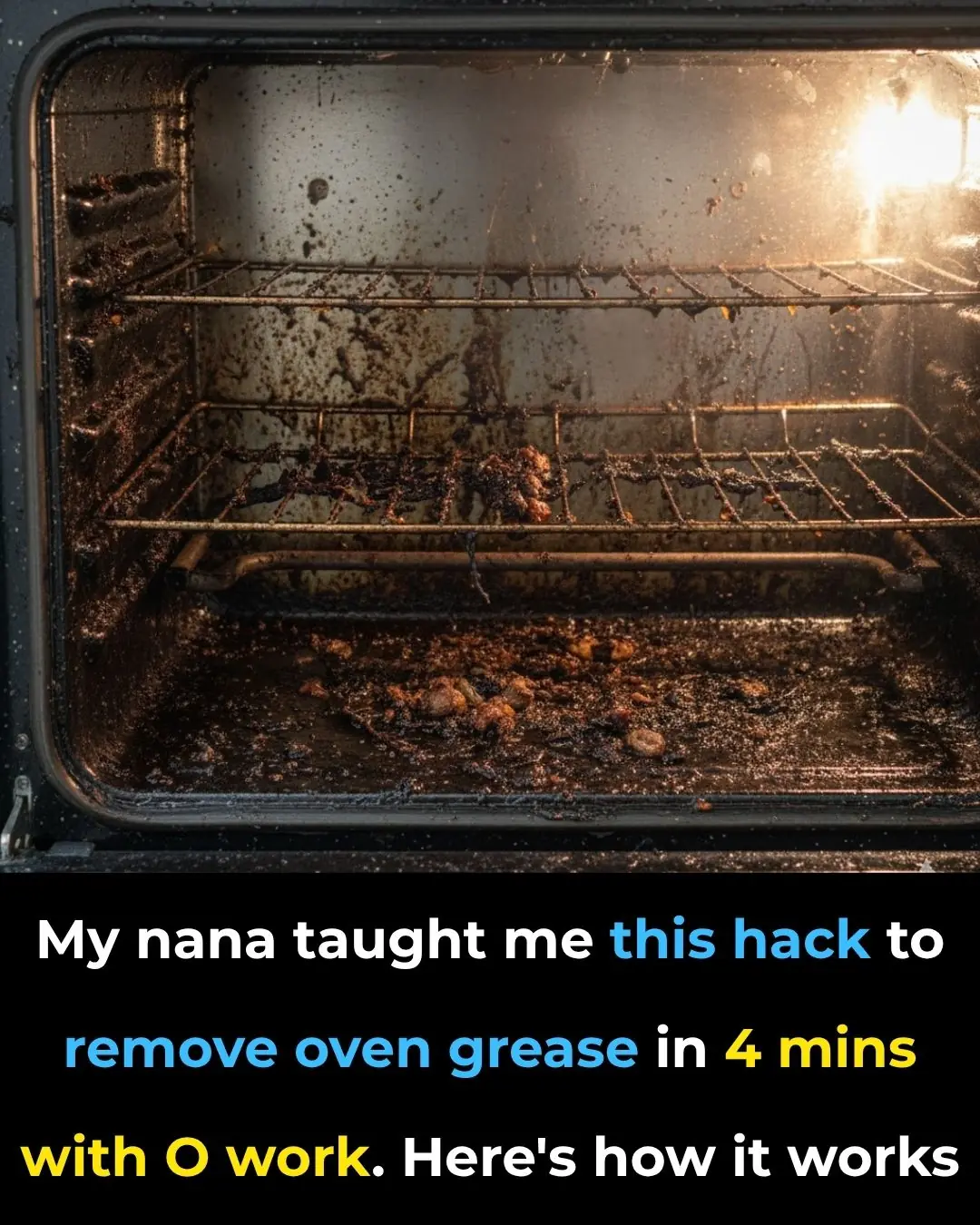
My nana taught me this hack to remove oven grease in 4 mins with 0 work. Here’s how it works

Here are 3 simple ways to keep your house free of mice.

After eating grapefruit, don't throw away the peel because it has more uses than you think, not only does it help increase health but it's also good for feng shui.
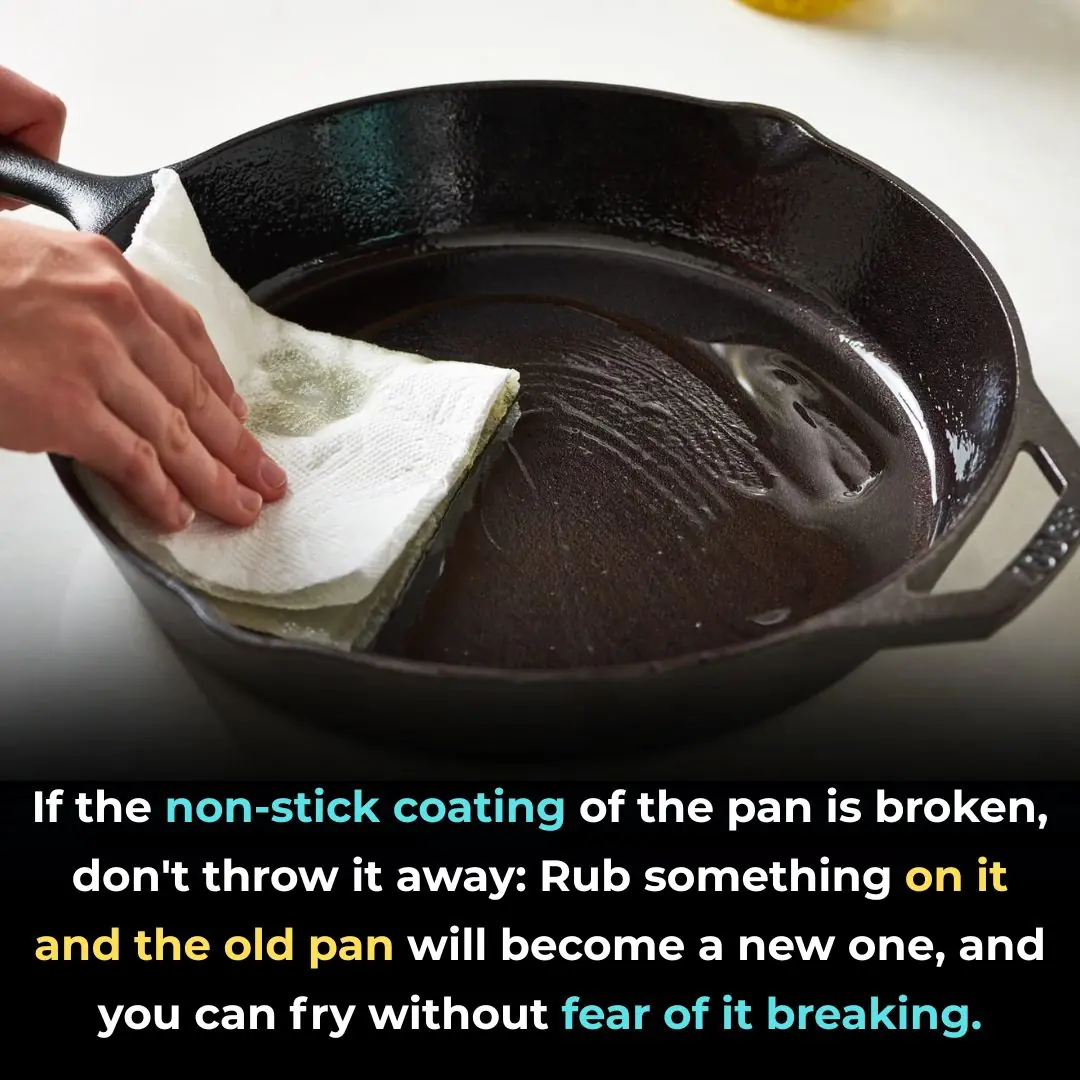
If the non-stick coating of the pan is broken, don't throw it away: Rub something on it and the old pan will become a new one, and you can fry without fear of it breaking.
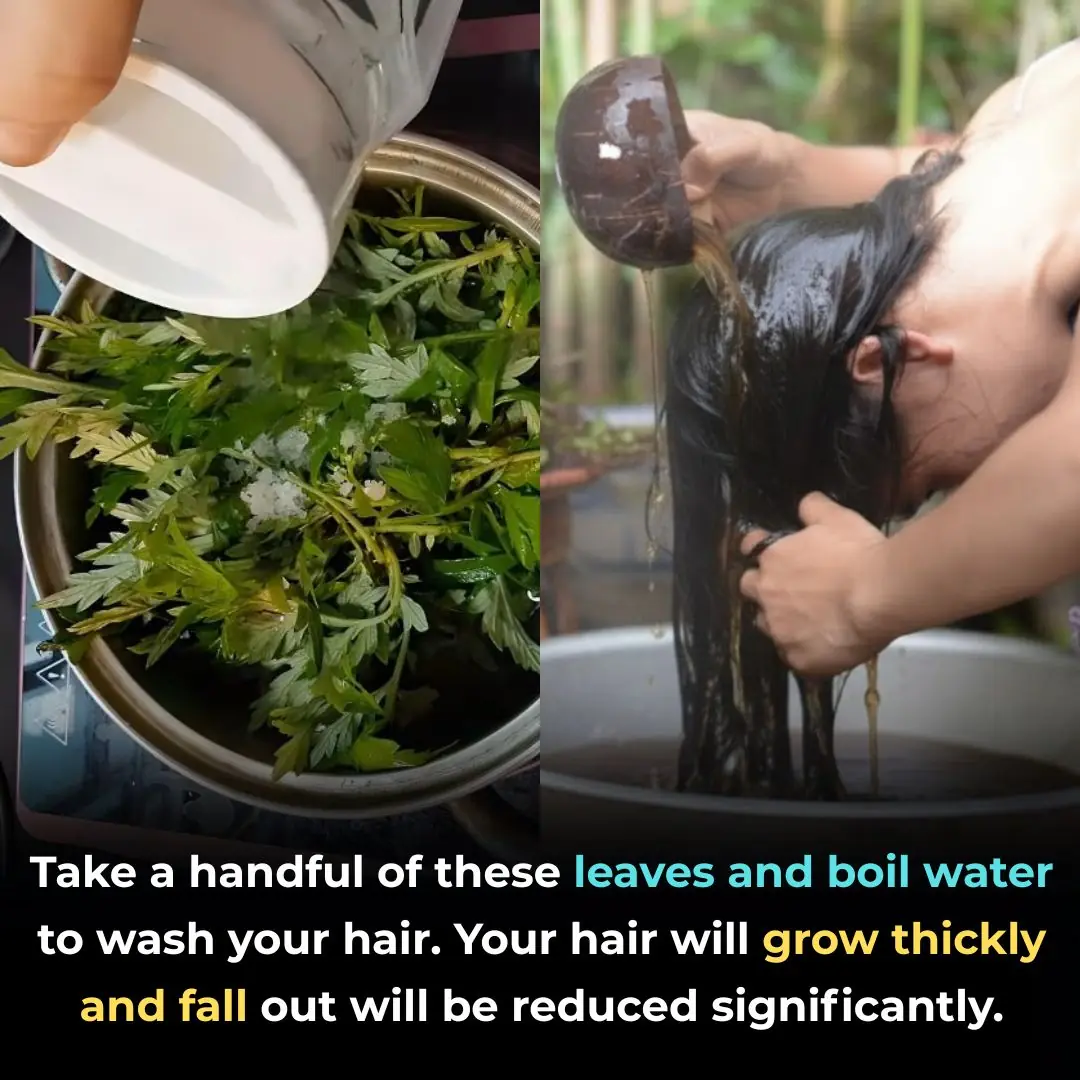
Take a handful of these leaves and boil water to wash your hair. Your hair will grow thickly and fall out will be reduced significantly.

How to make delicious sweet and sour pickled radish in just 3 EXTREMELY simple steps
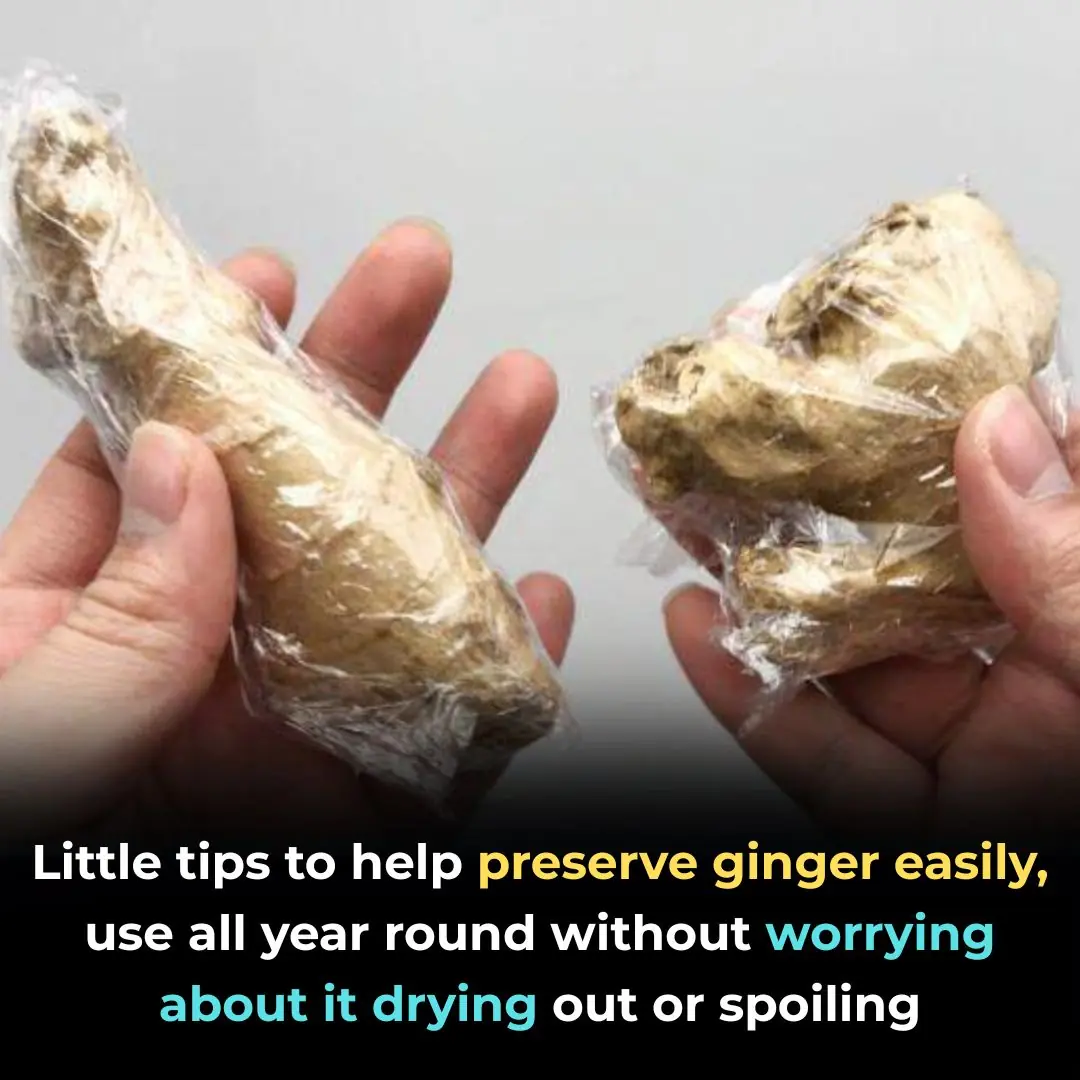
Little tips to help preserve ginger easily, use all year round without worrying about it drying out or spoiling
News Post

Mistake when washing grapes with salt and baking soda: This method only removes insect eggs, and the skin is still edible

Boiling chicken with plain water is outdated: 2 ways to cook chicken without water that make it delicious, tender, and preserve its nutrients

A type of vegetable destroys more than 90% of cancer cells within 48 hours, yet Vietnamese people mistake it for a wild plant growing all over the streets.

A plant with a distinctive aroma: Both a spice and a 'miracle' for health

Bare pork through boiling water, thought clean but soaked in more dirt: This is the most correct thing

A week after applying this method, cockroaches, ants, and mosquitoes no longer appeared in my house.

Scientists Claim Black Hole Could Explode in the Next 10 Years—with 90% Certainty

The Pentagon forced to issue statement following Netflix's new movie 'A House of Dynamite'

Streamer responds after Emiru accuses him of sexual assault, abuse and blackmail
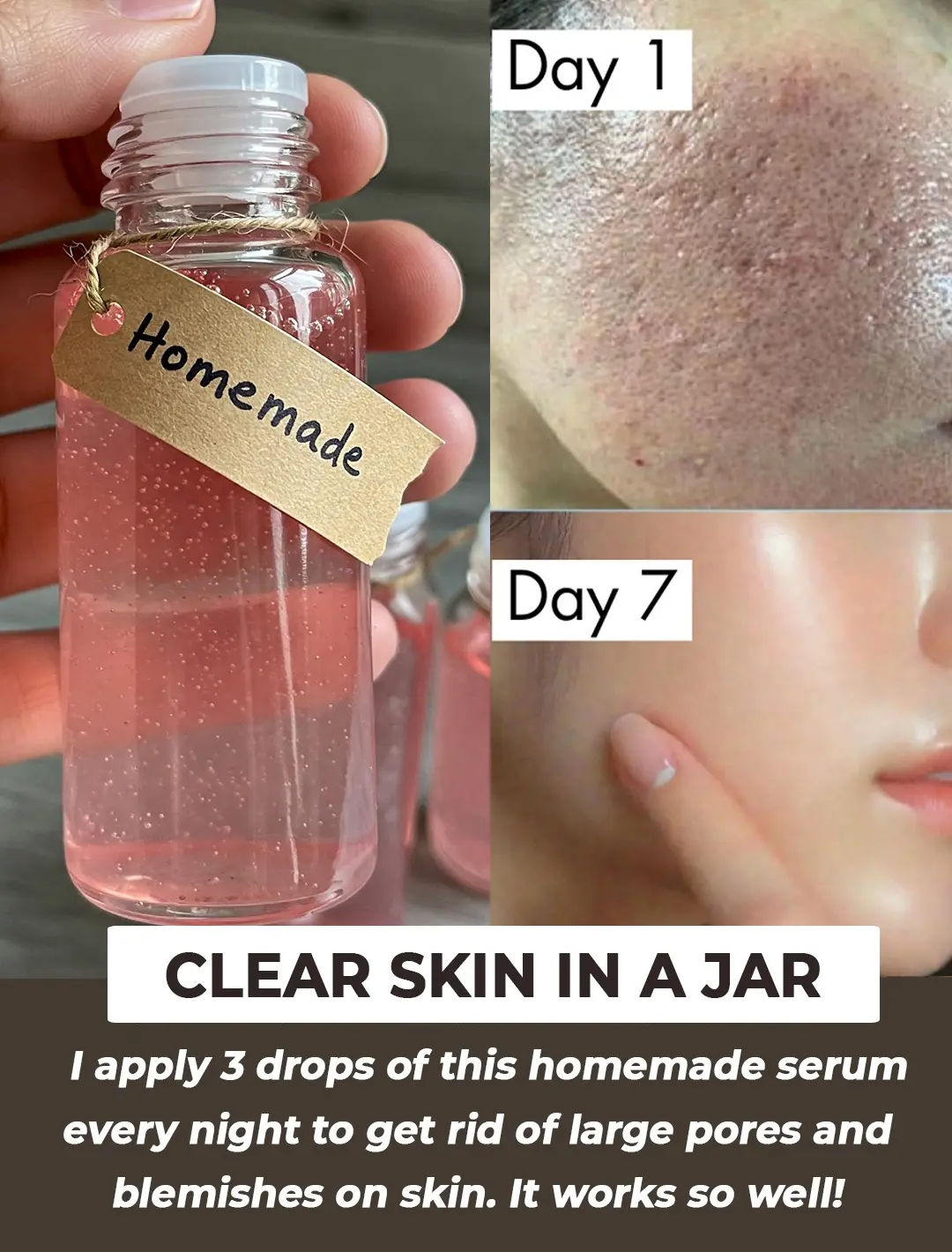
Use This Toner Daily To Get Rid of Large Pores Fast
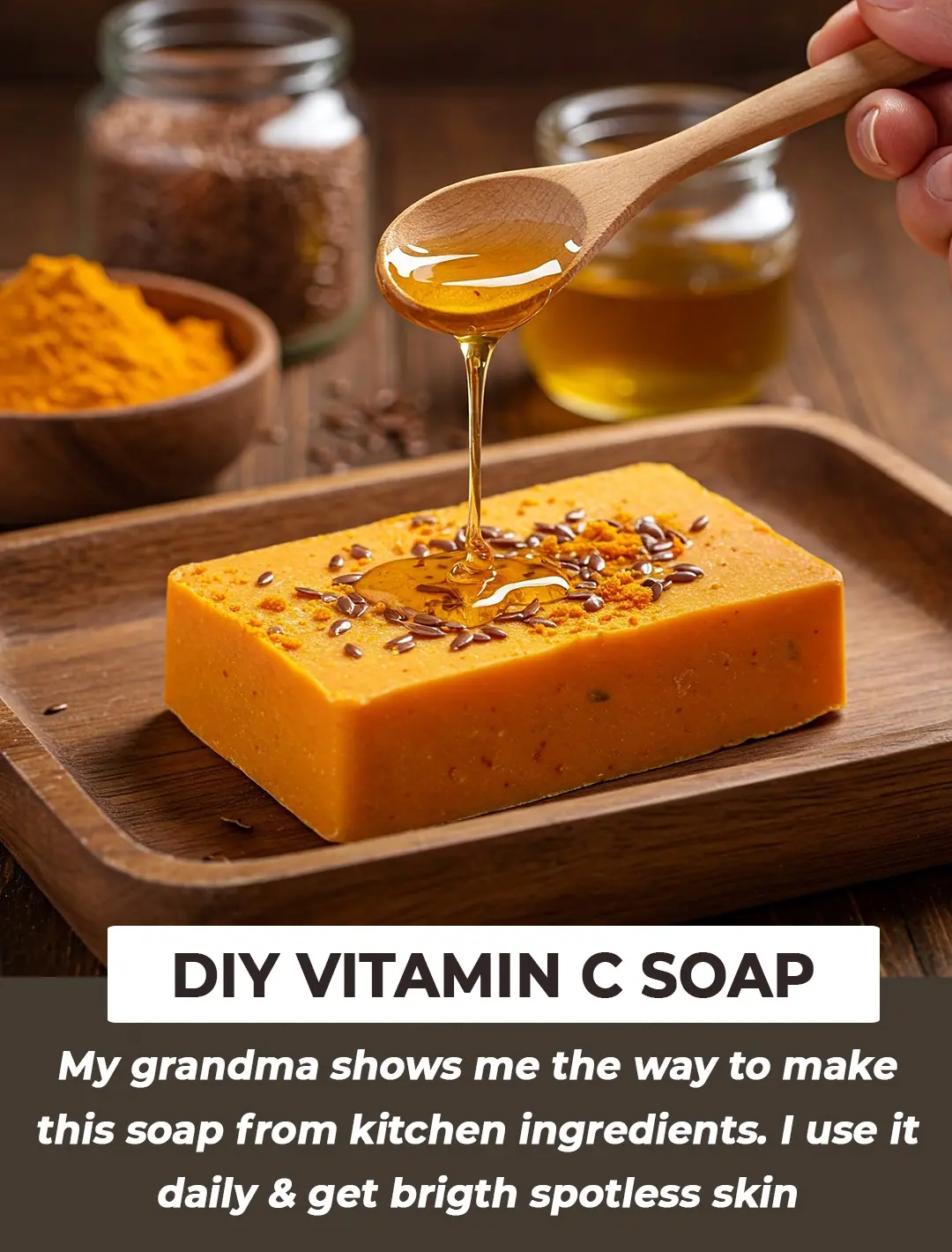
Homemade Vitamin C Soap – Orange Peel Soap & it’s benefits for Skin
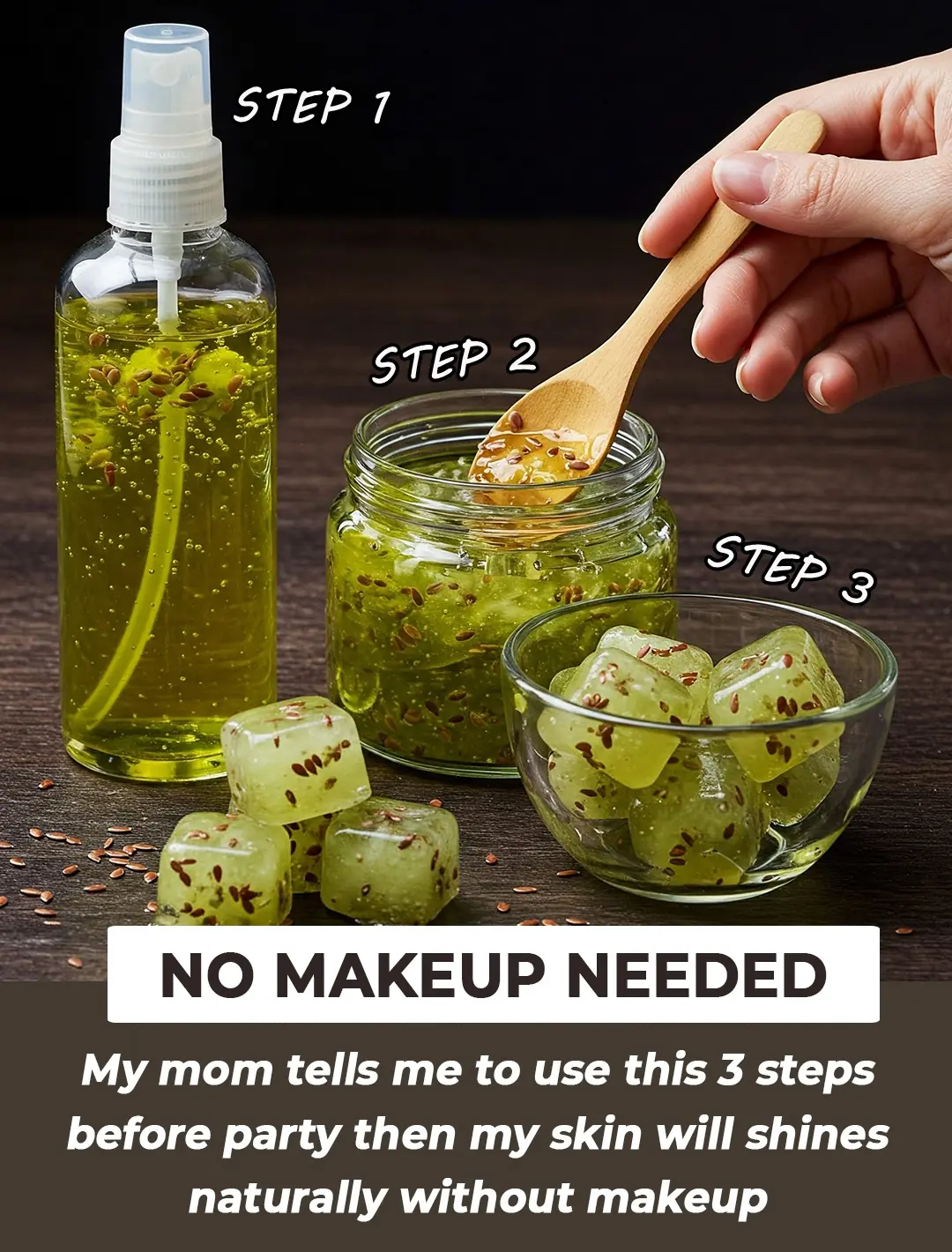
Revitalize Your Skin with These 4 Green Tea Beauty Rituals
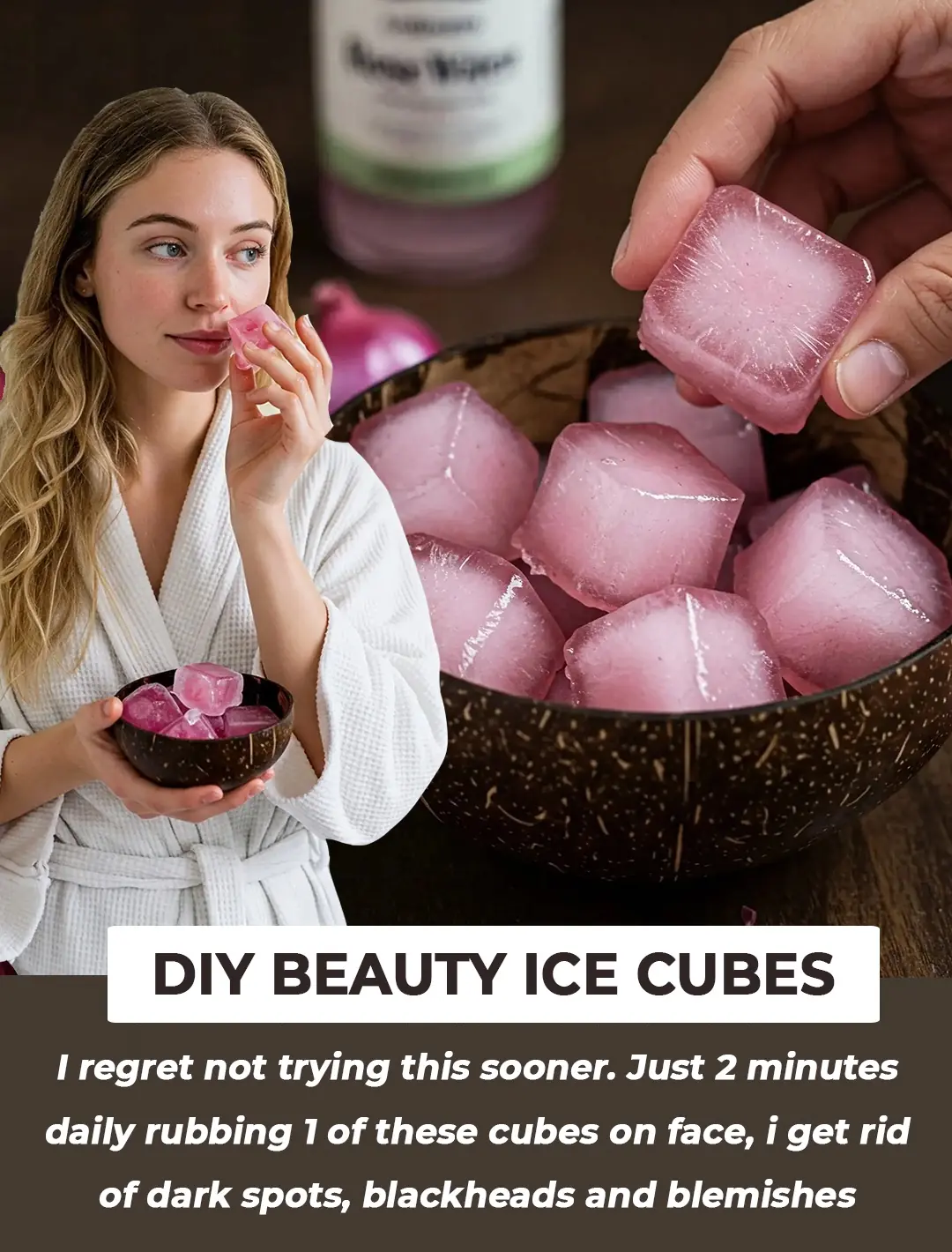
Easy Homemade Beauty Ice Cubes: DIY Skin Treatments You Can Make at Home

Homemade Korean Rice Face Cream For Wrinkle Free, Young Skin

The Ultimate 3-Step Tomato Clean-Up for Instant Glowing Skin: A DIY Guide for Radiant Skin

Transform Your Skin Naturally with Fenugreek Seeds: Ultimate Guide to Acne-Free, Glowing Skin

Homemade Rice Anti-Aging & Brightening Cream: A DIY Korean Skincare Secret for Flawless Skin

Homemade Beetroot Ice Cubes: The Best DIY Skincare Treatment for Glowing, Healthy Skin
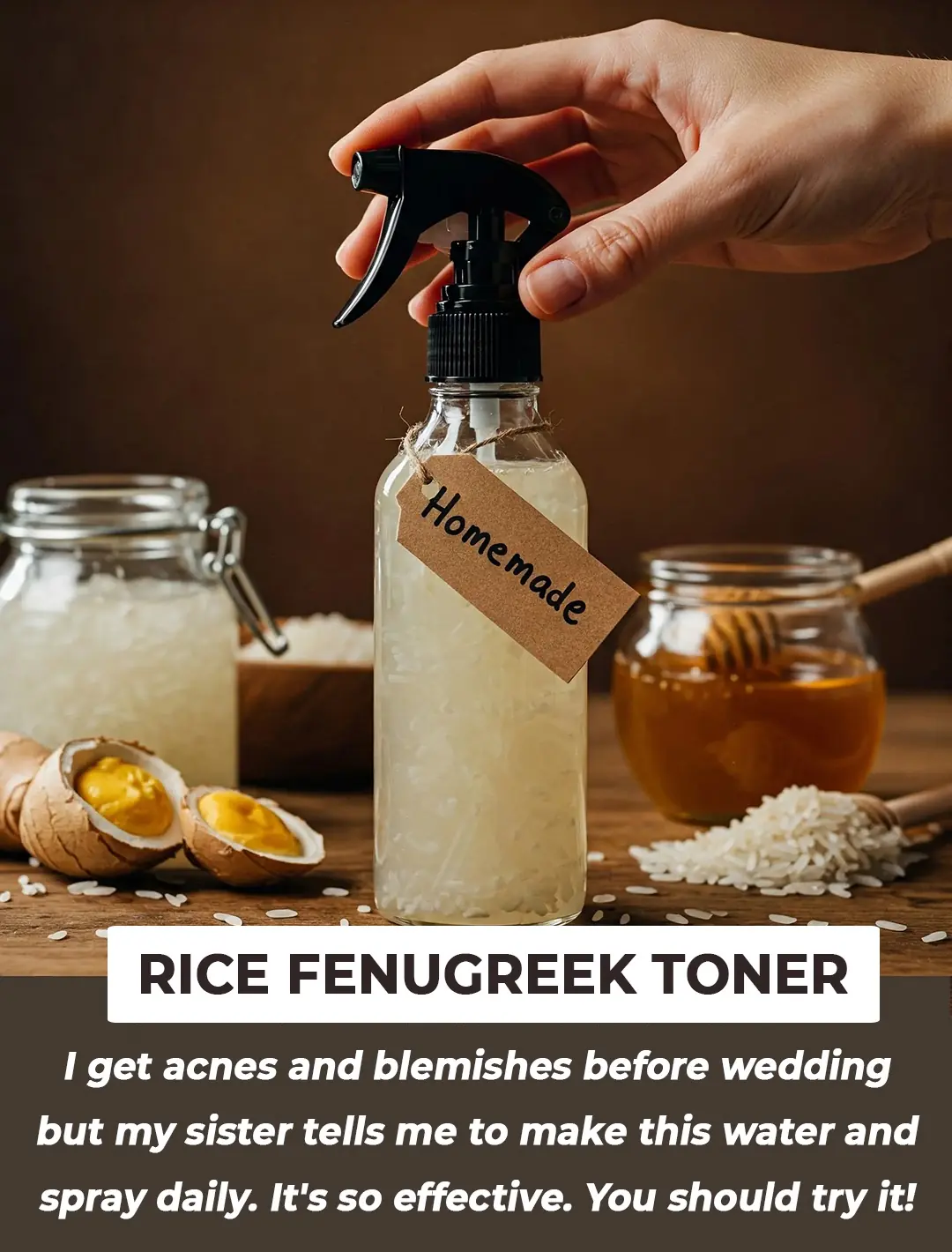
Homemade Rice water & Methi Dana Toner for Glowing Skin
